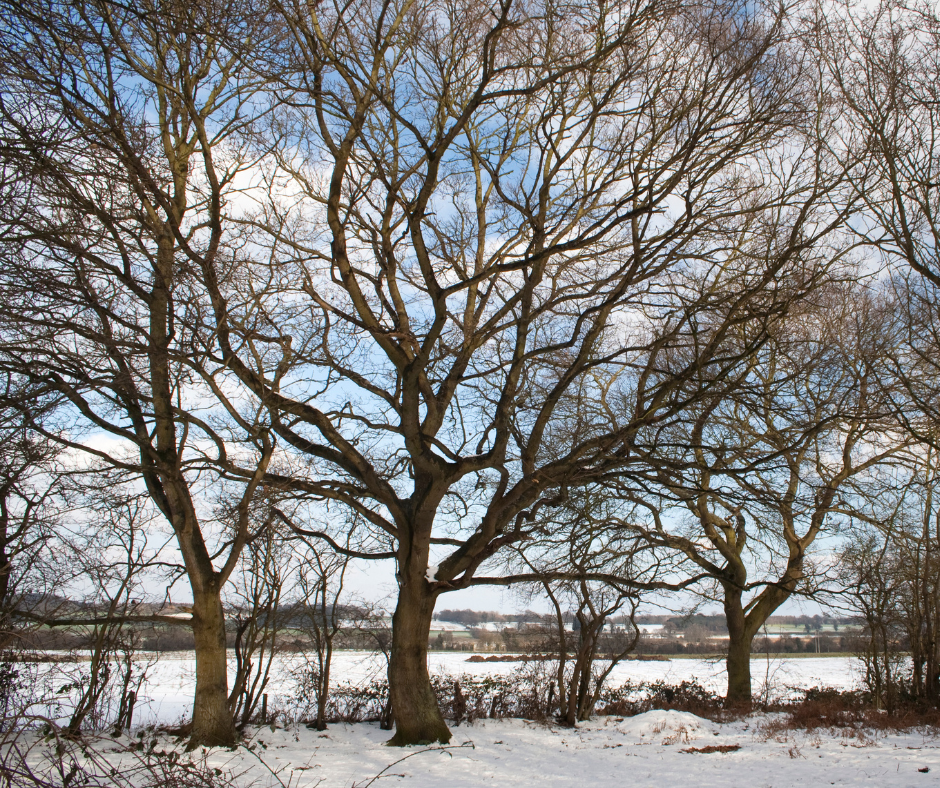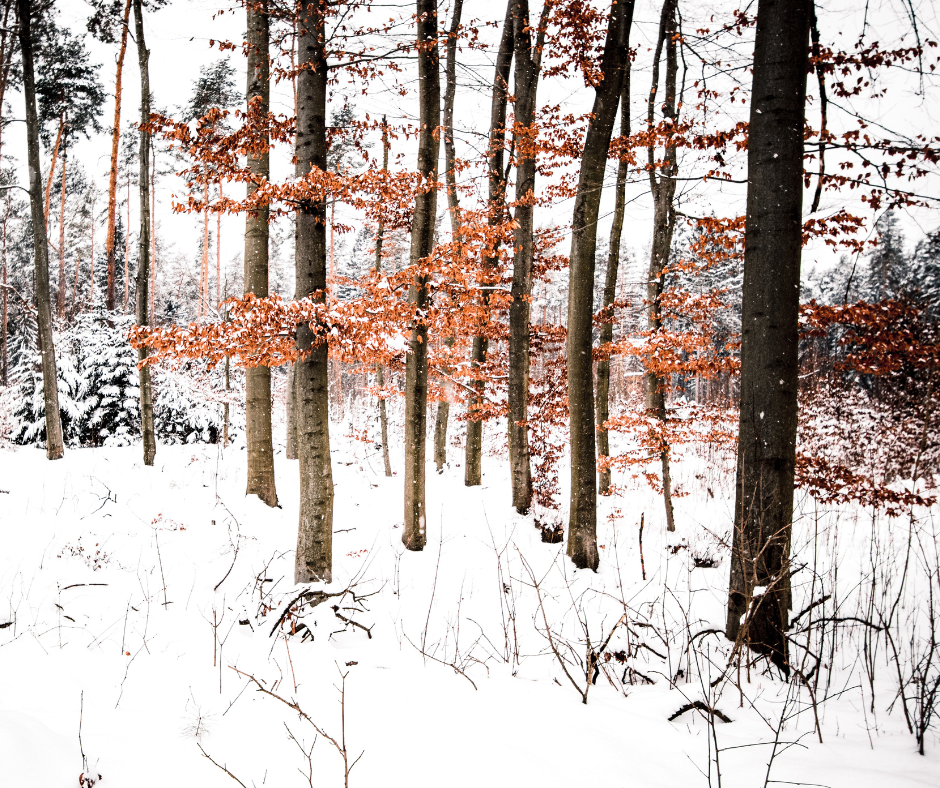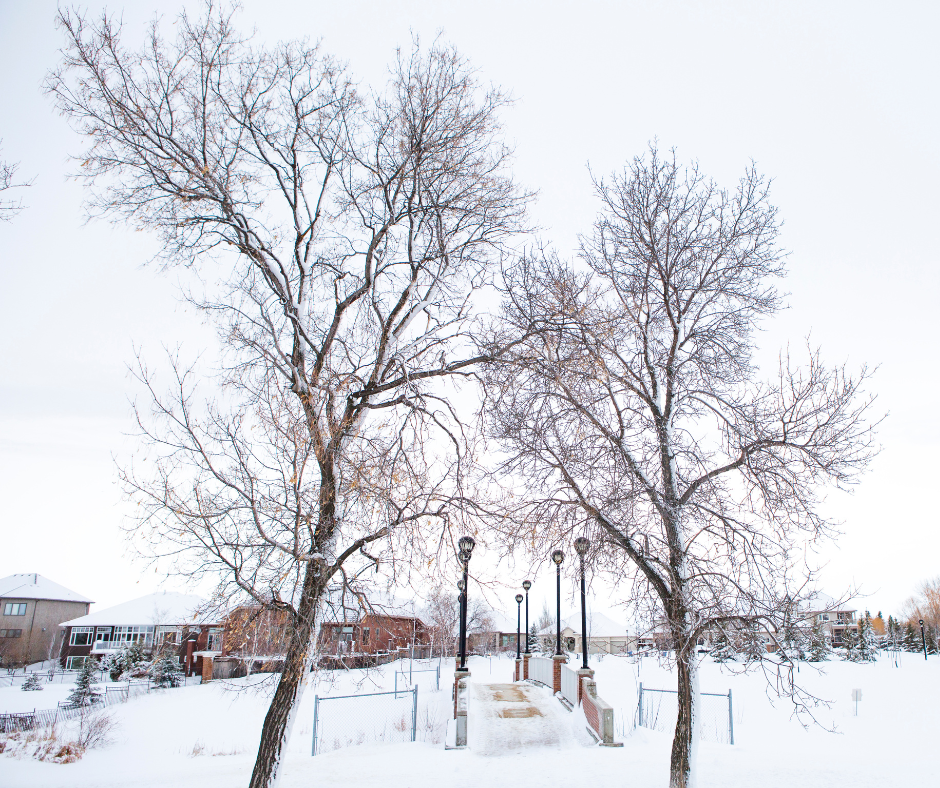
During the chill of winter, trees might appear lifeless and dormant, but beneath the surface, a quiet yet vital process is unfolding. Let’s delve into the hidden life of trees during these colder months with the dormancy of the trees.

Survival Strategy: Dormancy is a survival mechanism. As the days shorten and temperatures drop, trees slow their metabolism, conserve energy, and halt growth to withstand the winter.
Deep Sleep: During dormancy, trees reduce water content in their cells, a natural antifreeze method to prevent freezing. The vital functions continue at a minimal level, akin to hibernation.

Species Specifics: Different tree species have unique adaptations for winter. Some shed leaves to reduce water loss, while evergreens change their biochemistry to endure the cold. Climate Change Impact: With the changing climate, the dormancy periods of trees are being affected, potentially impacting their growth patterns and survival.
Understanding these natural processes, like dormancy, can deepen our appreciation of the resilience and complexity of trees. As they rest in winter, they prepare for the burst of life in spring, reminding us of the cycles of nature.
